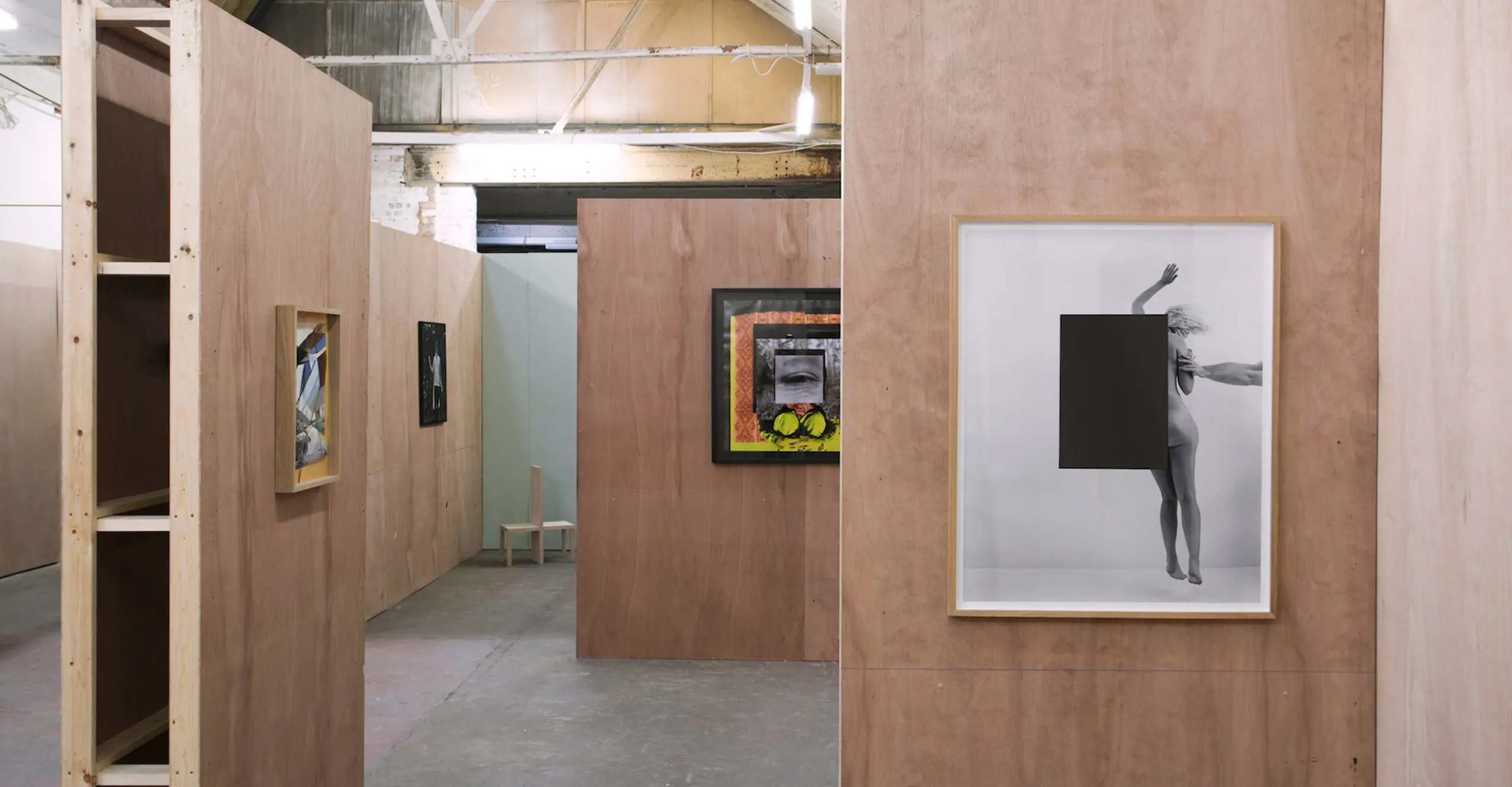Anna Dannemann and Tom Lovelace offer up some complementary advice on things to think about when curating photography exhibitions.
Originally programmed as a live event alongside our annual Deutsche Börse Photography Foundation Prize 2018, featuring work by four photographers/artists, we invited Anna Dannemann, TPG Curator of the exhibition and artist Tom Lovelace to make short presentations and offer their thoughts on curating exhibitions.
Key advice from Tom Lovelace:
Hold high standards, but be flexible and consider the relationship between artist and curator/gallery as a collaboration: When working with galleries and curators, hold high standards and specific ideas, however view this relationship as a collaboration and potentially long standing. Try not to be too demanding, or unreasonable in your demands. I have been on both sides of the fence (exhibiting artist + exhibition curator) and it is important to consider the pressures that curators and galleries are under, especially when thinking in the context of group exhibitions with multiple artists. Will the gallery or curator want to work with you on future projects?
Use your community and then think outside, and beyond, your community: When working on smaller scale curatorial projects, utilise your community; the people, the resources and relationships close to home. However, significantly consider audiences from further afield. How will someone encounter your exhibition that is not from that community? What knowledge and resources might they require? I think its good to envisage visitors travelling from 100 miles away to see your seemingly small scale project.
Think about how the exhibition ‘experience’ can be encountered in a creative way post-event: This is a challenge. Think about your exhibition as an ‘experience’. How can you create a space and environment in which the artwork can be experienced in a sensitive, compelling and unique way? How might this experience counter the act of looking at the same work in the pages of a book? Secondly, how can this experience be documented and captured in a way that will allow a sense of the exhibition to be understood after the display has officially closed (installation pictures, writing, printed matter).
See solo exhibitions as chapters: Each exhibition doesn’t need to be mini retrospectives. Avoid throwing everying into the same show. Consider each solo exhibition as a chapter. When a series of these chapters are linked together, they can form a significant, meaningful set of inquiries.
Consider Art History, its role and importance: For me, an investment in Art history has been helpful. Knowledge of different histories can help position ones own exhibition ideas and activities. As an artist, naivety can sometimes produce very rich outcomes. However when thinking about curating, knowledge of art history has been really important.
Key advice from Anna Dannemann:
Do your research: Take time to understand the project (whether a solo or group show) and work out your role within it
Communicate: Exhibitions are lines of communication. Think about the audience and how they will experience the work. You might know exactly why you’ve placed work in a particular way or what you mean when writing about the work, but others might not have the same reference points. Ask others to read, look and feedback on plans, particularly people who do not know your work. And listen.
Plan: Measure the space, think about dimensions of your work, view angles, combinations of work and ensure you know the dimensions of the space you are working with.
Visualise: Build a 3D model of the space, or a physical model, and things will become clearer. Be selective with available work.
Be prepared: Be flexible during installation. Things will inevitably go wrong. It will be stressful. Be as prepared as you can be. And enjoy yourself.
Biographies:
Anna Dannemann is a Curator at The Photographers' Gallery. She has curated the Deutsche Börse Photography Foundation Prize for the past three years; an exhibition about still life photography in social networks called Food for Being Looked At (2016); and several solo exhibitions, including Charlotte Dumas’ Anima & The Widest Prairies (2015) and Viviane Sassen's Analemma (2014). She has also worked with a range of photographers and external curators to realise group exhibitions including the Feminist Avant-Garde of the 1970s (2016), Work Rest and Play – 50 Years of British Photography (exhibited in four venues in China, 2015-16), 4 Saints in 3 Acts: A Snapshot of the American Avant-Garde (2017) and FreshFaced+WildEyed (2013-15). She regularly contributes to catalogues and other publications and received an MA in Art History from the Humboldt University in Berlin, Germany.
Tom Lovelace is an artist based in London. He studied Photography at the Arts University Bournemouth, before studying Art History at Goldsmiths College, University of London. Lovelace works at the intersection of photography, sculpture and performance. His practice is grounded in interruptions and reinventions of the everyday, revealing and reimagining materials, processes and histories. Lovelace is a visiting lecturer at the Royal College of Art, London and the Arts University Bournemouth. Recent exhibitions and displays include On the heights, Yorkshire Sculpture Park (2017), On Board, Crispr, Bogota (2017), Groundwork, The New Art Centre (2016), To Camera, Golden Thread Gallery (2015), This Way Up, Flowers Gallery (2015) and Sweep, Victoria and Albert Museum (2014).
